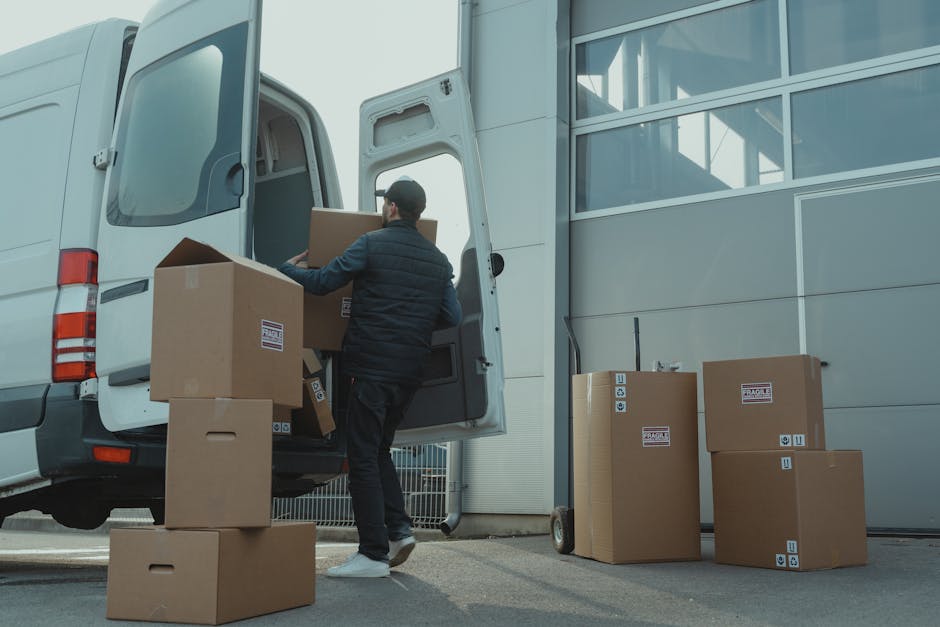🔴LIVE: Ambulance Vandalized During Truck Driver Protest on Solo-Karanganyar Ring Road

🔴LIVE: Ambulance Vandalized During Truck Driver Protest on Solo-Karanganyar Ring Road
The air crackled with tension. A sea of trucks stretched across the Solo-Karanganyar Ring Road, their hulking forms silent testaments to the brewing frustration. What started as a demonstration by truck drivers demanding better conditions took a disturbing turn when a mobile ambulance, a beacon of hope and help, became a target of vandalism. The incident, unfolding live, has ignited a furious debate about the boundaries of protest and the cost of discontent.
Breaking News: Ambulance Attacked

The scene playing out on social media feeds and news outlets is stark. Images show a mobile ambulance, its once pristine white paint marred by scratches and dents. A side mirror hangs precariously, shattered. The words "aspirasi" (aspiration) are scrawled across the vehicle in crude lettering, a chilling reminder that even life-saving services are not immune to the heat of social unrest. Initial reports suggest the ambulance was attempting to navigate through the blocked Ring Road, presumably responding to an emergency, when it was stopped and subsequently vandalized by a group of protestors.
The immediate question is: Why an ambulance? What possible justification could there be for targeting a vehicle dedicated to saving lives? The act feels particularly egregious, crossing a line that separates legitimate protest from reckless endangerment. It's a stark reminder that even in the pursuit of justice, the potential for unintended consequences, for collateral damage, looms large.
The Truck Drivers' Grievances: Understanding the Undercurrent

To understand the context of this alarming incident, we need to delve into the grievances of the truck drivers. While violence is never the answer, their frustration likely stems from a complex web of issues. Common complaints from truck drivers globally, and often echoed in Indonesian contexts, typically include:
- Low Wages and Unfair Compensation: Truck drivers often face long hours and demanding schedules for relatively low pay. Fuel costs, road tolls, and maintenance expenses further erode their earnings.
- Harsh Working Conditions: The job is physically and mentally taxing, involving long periods of solitude, sleep deprivation, and constant vigilance.
- Bureaucratic Hurdles and Corruption: Dealing with regulations, permits, and alleged corruption at various checkpoints can be a significant burden, adding to delays and expenses.
- Road Safety Concerns: Poor road conditions, lack of adequate rest stops, and unsafe driving practices by others contribute to a dangerous working environment.
- Competition from Illegal or Unlicensed Operators: The presence of unlicensed or unregulated trucking companies can undercut legitimate businesses and drive down wages.
These issues, compounded by economic pressures, can create a sense of desperation and anger. While this doesn't excuse the vandalism, it provides a crucial backdrop for understanding the situation.
The Ethical Minefield: When Protest Becomes Problematic

The right to protest is a cornerstone of a healthy democracy. It allows citizens to voice their concerns and demand change. However, that right comes with responsibilities. When protest actions infringe upon the rights and safety of others, especially when they target essential services like ambulances, the line has been crossed. The core question is: Where does legitimate dissent end and destructive behavior begin?
This incident raises several ethical concerns:
- The Sanctity of Emergency Services: Ambulances and other emergency vehicles represent a commitment to saving lives. Attacking them directly undermines that commitment and puts vulnerable individuals at risk.
- The Disproportionate Impact on Innocent Bystanders: Blocking roads and disrupting traffic affects not only businesses but also individuals trying to get to work, school, or medical appointments.
- The Erosion of Public Trust: Acts of violence and vandalism can alienate potential allies and undermine the legitimacy of the protesters' cause.
Ultimately, effective protest requires strategic thinking and a commitment to non-violent methods. Building public support and engaging in constructive dialogue are far more likely to achieve lasting change than resorting to destructive acts.
The Power of Technology: Live Updates and Citizen Journalism

In the age of social media, events like this unfold in real time. Citizen journalists armed with smartphones become impromptu news reporters, capturing footage and sharing updates with the world. Social media platforms become battlegrounds for public opinion, with hashtags amplifying voices and shaping narratives. The live nature of this situation has both advantages and disadvantages.
On the one hand, it allows for immediate dissemination of information, raising awareness and prompting swift action. On the other hand, it can also fuel misinformation and exacerbate tensions. The speed and volume of information can make it difficult to discern fact from fiction, leading to misinterpretations and knee-jerk reactions. This underscores the importance of critical thinking and responsible reporting, even in the context of citizen journalism.
Beyond the Incident: A Call for Dialogue and Innovation

The vandalism of the ambulance is a symptom of a deeper problem: a breakdown in communication and trust between truck drivers, authorities, and society at large. Addressing this requires a multi-faceted approach that goes beyond simply punishing the perpetrators.
Here are some potential solutions:
- Open Dialogue and Negotiation: Facilitate open and honest dialogue between truck driver representatives, government officials, and relevant stakeholders. Create a platform for addressing their grievances and finding mutually acceptable solutions.
- Improved Infrastructure and Regulation: Invest in improving road infrastructure, rest stops, and safety regulations to create a safer and more sustainable working environment for truck drivers.
- Fair Compensation and Labor Practices: Implement policies that ensure fair wages, reasonable working hours, and access to benefits for truck drivers. Combat exploitative labor practices and promote ethical business conduct.
- Technological Solutions for Efficiency and Transparency: Explore the use of technology to streamline logistics, reduce bureaucratic hurdles, and improve transparency in the trucking industry. This could include online platforms for permit applications, digital payment systems, and real-time tracking of goods.
- Community-Based Solutions: Foster a sense of community among truck drivers through support groups, training programs, and social events. This can help address feelings of isolation and provide a platform for sharing experiences and advocating for change.
Innovation in Logistics: A Potential Path Forward

The incident also highlights the need for innovation in the logistics sector. Can technology help alleviate some of the pressures faced by truck drivers? Could more efficient routing software, AI-powered logistics platforms, and drone delivery systems play a role in the future? While these technologies are still in their early stages, they hold the potential to transform the industry and create a more sustainable and equitable system.
One interesting area of innovation is the development of collaborative logistics platforms. These platforms connect shippers, carriers, and truck drivers, allowing for more efficient matching of loads and reducing empty miles. They can also provide drivers with access to real-time information on road conditions, traffic delays, and available rest stops, helping them optimize their routes and improve safety.
Furthermore, the rise of autonomous trucking technology presents both opportunities and challenges. While concerns about job displacement are legitimate, autonomous trucks could potentially improve safety, reduce fuel consumption, and alleviate the burden of long-haul driving. However, careful consideration must be given to the social and economic implications of this technology, and measures must be taken to ensure a smooth transition for affected workers.
The Road Ahead: Rebuilding Trust and Finding Solutions

The vandalism of the ambulance on the Solo-Karanganyar Ring Road is a deeply troubling event, but it also presents an opportunity for reflection and change. By understanding the grievances of the truck drivers, addressing the ethical concerns surrounding protest actions, and embracing innovation in the logistics sector, we can work towards building a more just and sustainable transportation system.
The immediate priority must be to investigate the incident, hold the perpetrators accountable, and provide support to the ambulance crew and the affected community. However, we must also look beyond the immediate crisis and engage in a broader dialogue about the challenges facing truck drivers and the future of the logistics industry. The road ahead may be long and winding, but by working together, we can pave the way for a more equitable and prosperous future for all.
This incident serves as a stark reminder that even in the pursuit of justice, compassion and respect for human life must remain paramount. Let us learn from this experience and work towards building a society where everyone's voice is heard, and no one is left behind.